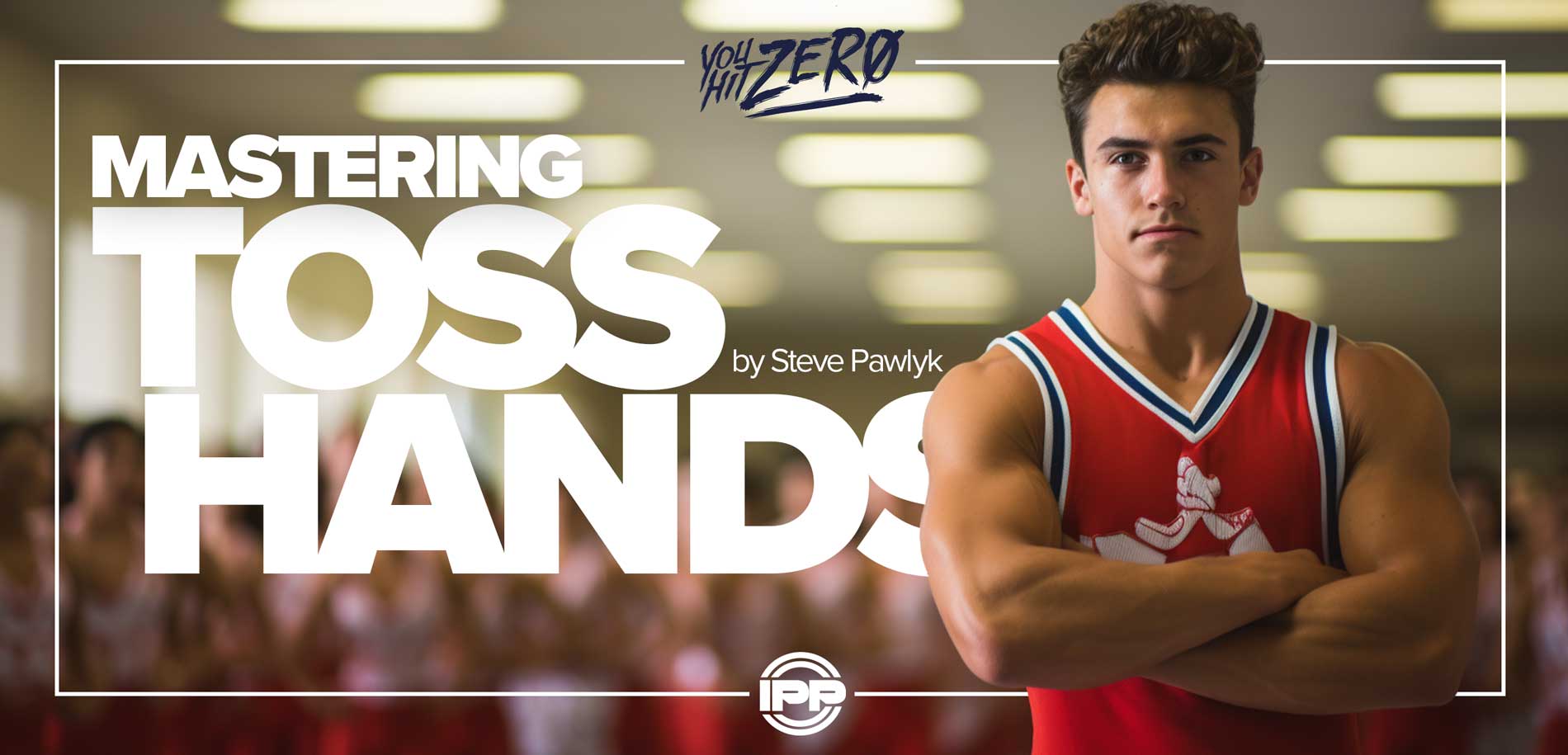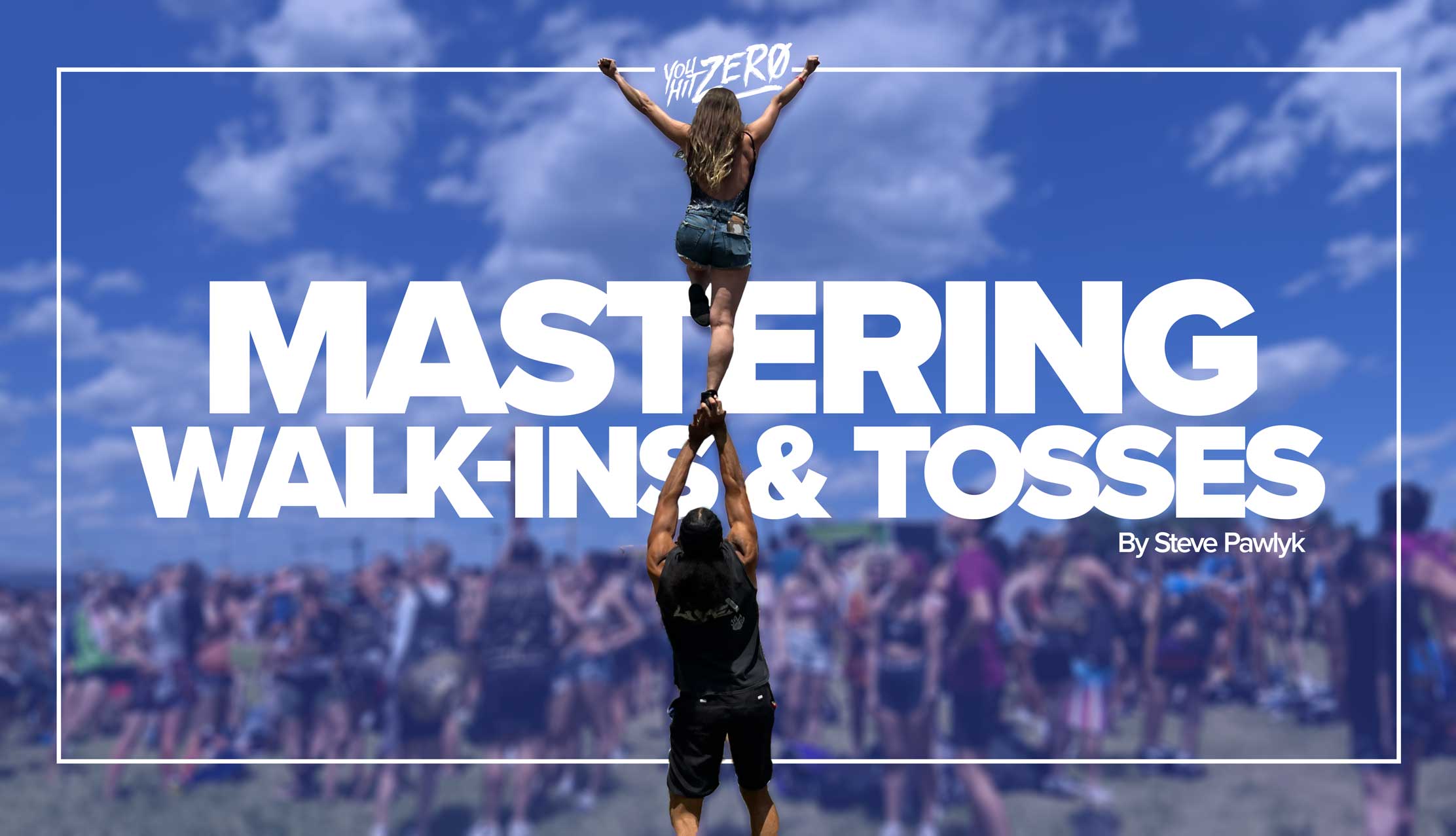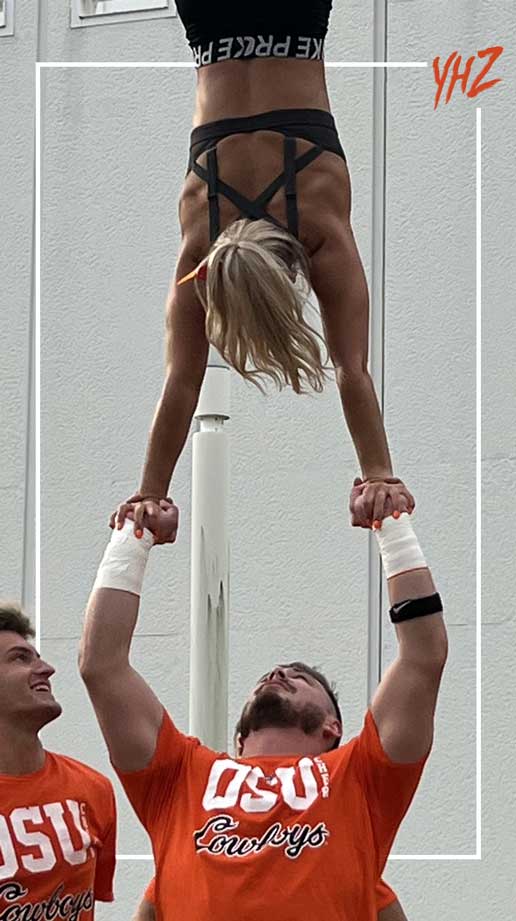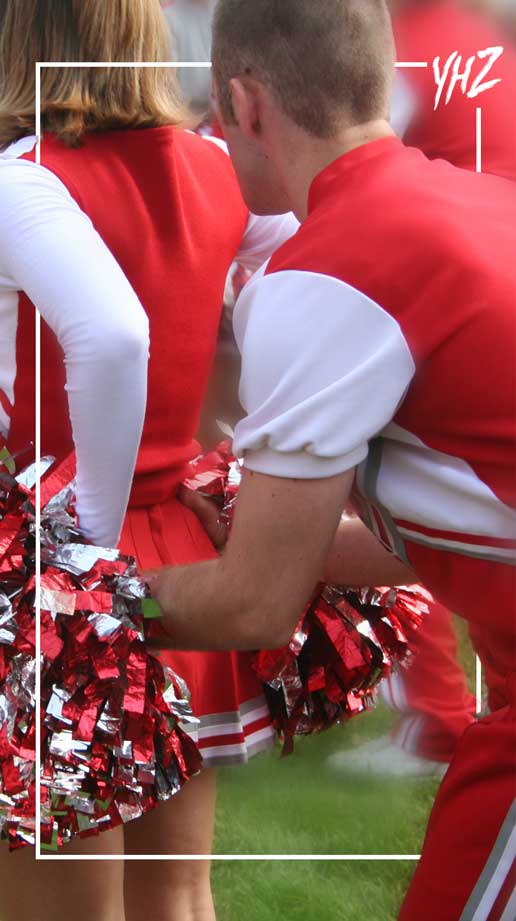By Steve Pawlyk
Published August 14, 2023
Male cheerleaders around the world may face unique challenges, particularly when it comes to performing toss hands. If you are in your early years of cheerleading and struggling with getting the right height on your toss, but seem to have no problem with shoulder sits, you are not alone.
Understand the Role of Strength Training
Lift More Weights: Building strength is key. Focus on the big 3 lifts – deadlifts, squats, and cleans.
- Deadlifts and Squats: These exercises target the muscles needed for tosses and can significantly enhance your power.
- Cleans: This is useful for developing explosive strength, but it requires proper technique to be effective.
While coaches often emphasize technique over strength, having more strength to tap into will never be detrimental. It can, in fact, provide an edge in your performance.

Deadlifts
Deadlifts are great for building overall strength, targeting muscles in your legs, back, and core. Here’s a step-by-step guide:
1. Starting Position:
- Stand with feet hip-width apart.
- Place the barbell over the middle of your feet.
- Bend at the hips and knees to lower your body to the bar.
- Grip the bar with both hands, either overhand or mixed grip.
- Keep your back flat, chest up, and shoulders slightly in front of the bar.
2. Lifting Phase:
- Engage your core and push through your heels.
- Extend your hips and knees simultaneously to lift the bar.
- Keep the bar close to your body, traveling in a straight line.
- Fully extend your hips at the top, standing tall.
3. Lowering Phase:
- Reverse the movement, pushing hips back first.
- Lower the bar by bending the hips and knees.
- Return to the starting position with control.
4. Key Tips:
- Maintain a neutral spine throughout the movement.
- Focus on engaging your glutes and hamstrings.
- Avoid rounding your back.
Squats
Squats are a cornerstone exercise for building leg and core strength. Follow these steps:
1. Starting Position:
- Stand with feet shoulder-width apart.
- Hold a barbell across your upper back or place hands on hips for bodyweight squats.
- Keep your chest up, shoulders back, and eyes forward.
2. Descending Phase:
- Begin by pushing your hips back.
- Bend your knees while keeping them in line with your feet.
- Lower your body until thighs are at least parallel to the ground.
- Keep your chest up and back straight throughout the movement.
3. Ascending Phase:
- Push through your heels to stand back up.
- Extend hips and knees simultaneously.
- Return to the starting position, maintaining good posture.
4. Key Tips:
- Keep your knees from caving in or going past your toes.
- Engage your core throughout the movement.
- Focus on controlled, smooth motions.
5. Variations:
- Goblet Squat with a dumbbell or kettlebell.
- Front Squat with the barbell in front of your shoulders.
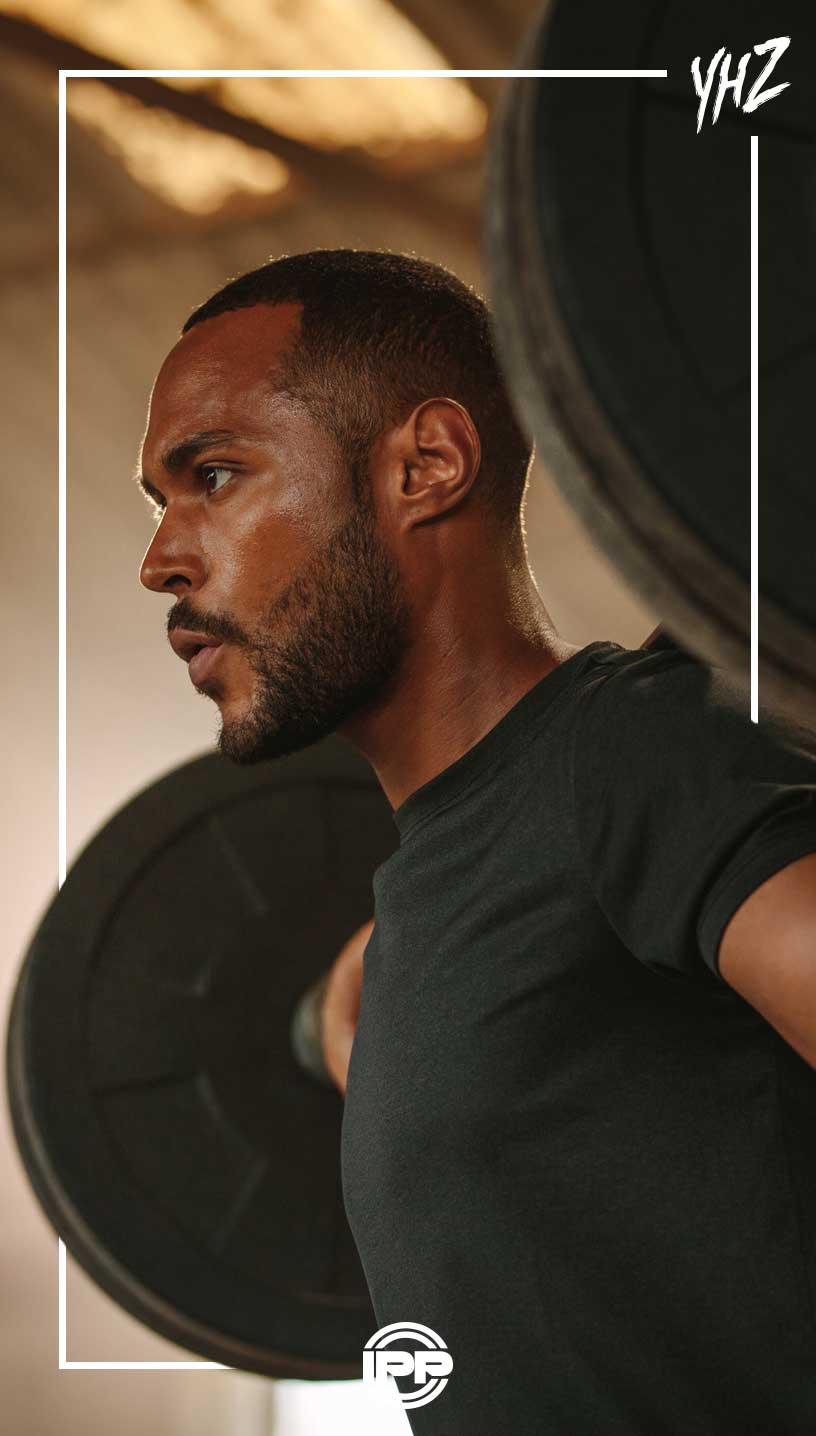
Both Deadlifts and Squats are powerful exercises that require attention to form and technique. It may be wise to consult with a fitness professional or coach to ensure proper execution, especially if you are new to these movements.
Cleans:
The Clean is a complex and powerful exercise often used by athletes to develop explosive strength. It can be particularly beneficial for cheerleaders who need to enhance their toss ability. Here’s a detailed, step-by-step guide to performing the Clean exercise:
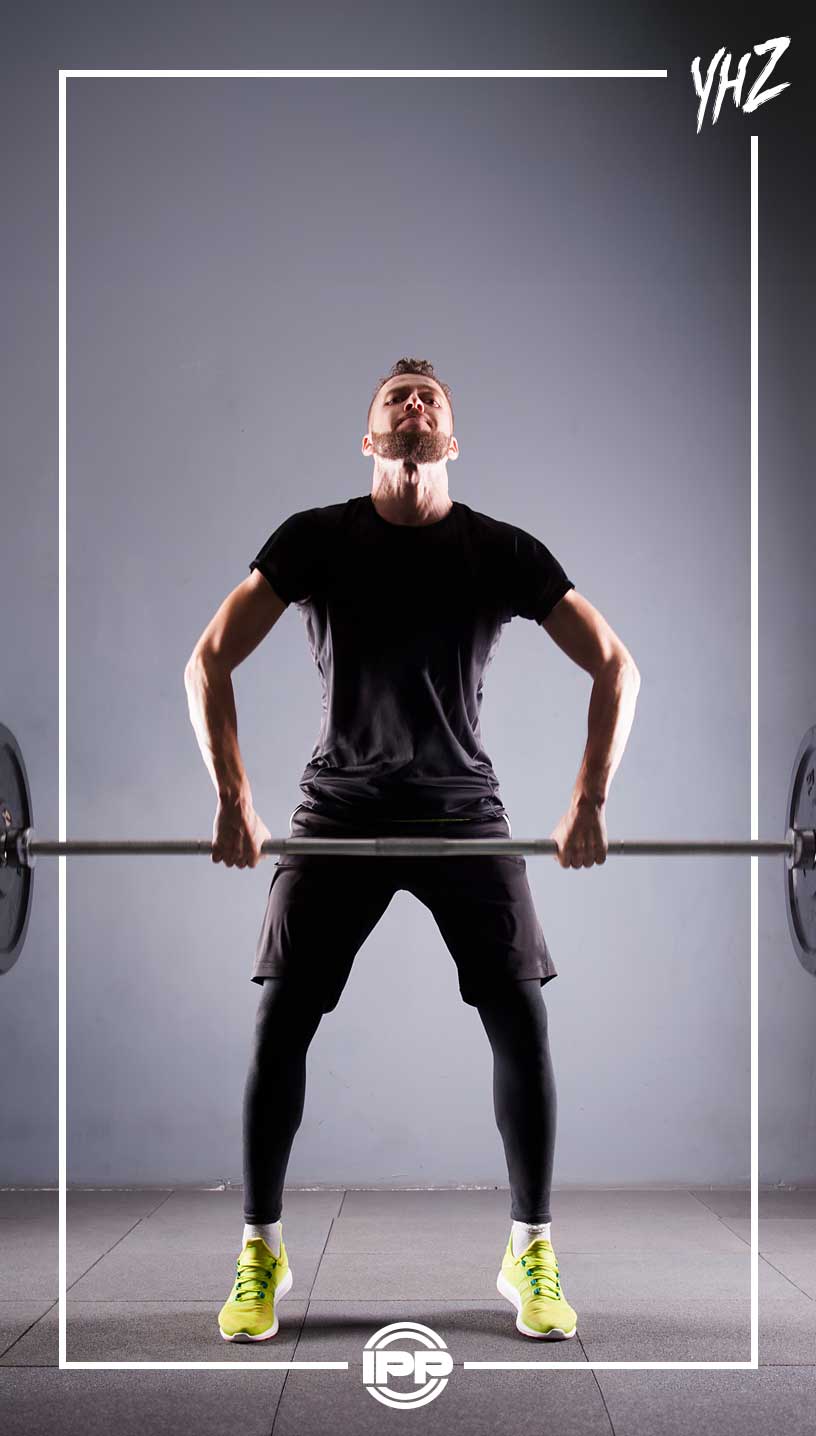
1. Starting Position:
- Stand with feet shoulder-width apart.
- Grip the barbell with a hook grip, hands slightly wider than shoulder-width.
- Position the bar over the mid-foot.
- Lower yourself by bending at the knees and hips, keeping the chest up.
- Engage your core and ensure that your back is straight.
2. First Pull:
- Begin by driving through your heels to lift the bar off the floor.
- Maintain a flat back and keep the bar close to your body.
- Extend your legs while keeping your shoulders over the bar.
3. Second Pull (Explosive Phase):
- As the bar reaches knee height, explosively extend your hips and knees.
- Shrug your shoulders and pull the bar upward with your arms.
- Think of “jumping” the bar upwards rather than just lifting it.
4. Catch Phase:
- Quickly drop under the bar by pulling yourself into a squat position.
- Rotate your elbows forward to catch the bar on your front shoulders.
- The bar should rest on your fingertips or the heel of your hand, not the palm.
- Your thighs should be at least parallel to the ground in the catch position.
5. Recovery Phase:
- Stand up by pushing through your heels, fully extending your hips and knees.
- Maintain a straight back and keep the bar in front of your shoulders.
6. Return:
- Safely lower the barbell back to the starting position or drop it to the floor if using bumper plates.
7. Key Tips:
- Focus on powerful hip extension rather than pulling with the arms.
- Keep the bar close to your body throughout the movement.
- Ensure a smooth transition from the pull to the catch.
- Practice with lighter weights or a PVC pipe to master the technique before adding weight
Safety Considerations
Given the complexity of the Clean, it may be beneficial to break down the movement into its constituent parts and practice them individually. Working with a certified coach or trainer who understands the biomechanics of the exercise can also help you develop proper form and technique.
Cleans are an advanced lifting technique that requires coordination, timing, and power. They can be a valuable addition to a cheerleader’s training program, helping develop the explosive strength needed for various cheer maneuvers.
Repetition and Understanding Your Flyer
The Reddit user also highlighted the importance of repetition and knowing your flyer’s timing.
- Repetition: Practicing your toss hands again and again will eventually lead to mastery. Don’t shy away from dedicating time to consistent practice.
- Understanding Your Flyer: Building synergy with your flyer can make a world of difference. If you understand each other’s timing and movements, you’ll find that executing toss hands becomes much more fluid.
If you’re grappling with toss hands, the combination of targeted weight lifting, repetitive practice, and cultivating a strong understanding with your flyer could be the solution you need.
There’s no one-size-fits-all answer, but these tried and tested methods have proven to be effective for many. With dedication and focus, you too can overcome this challenge and take your skills to new heights.
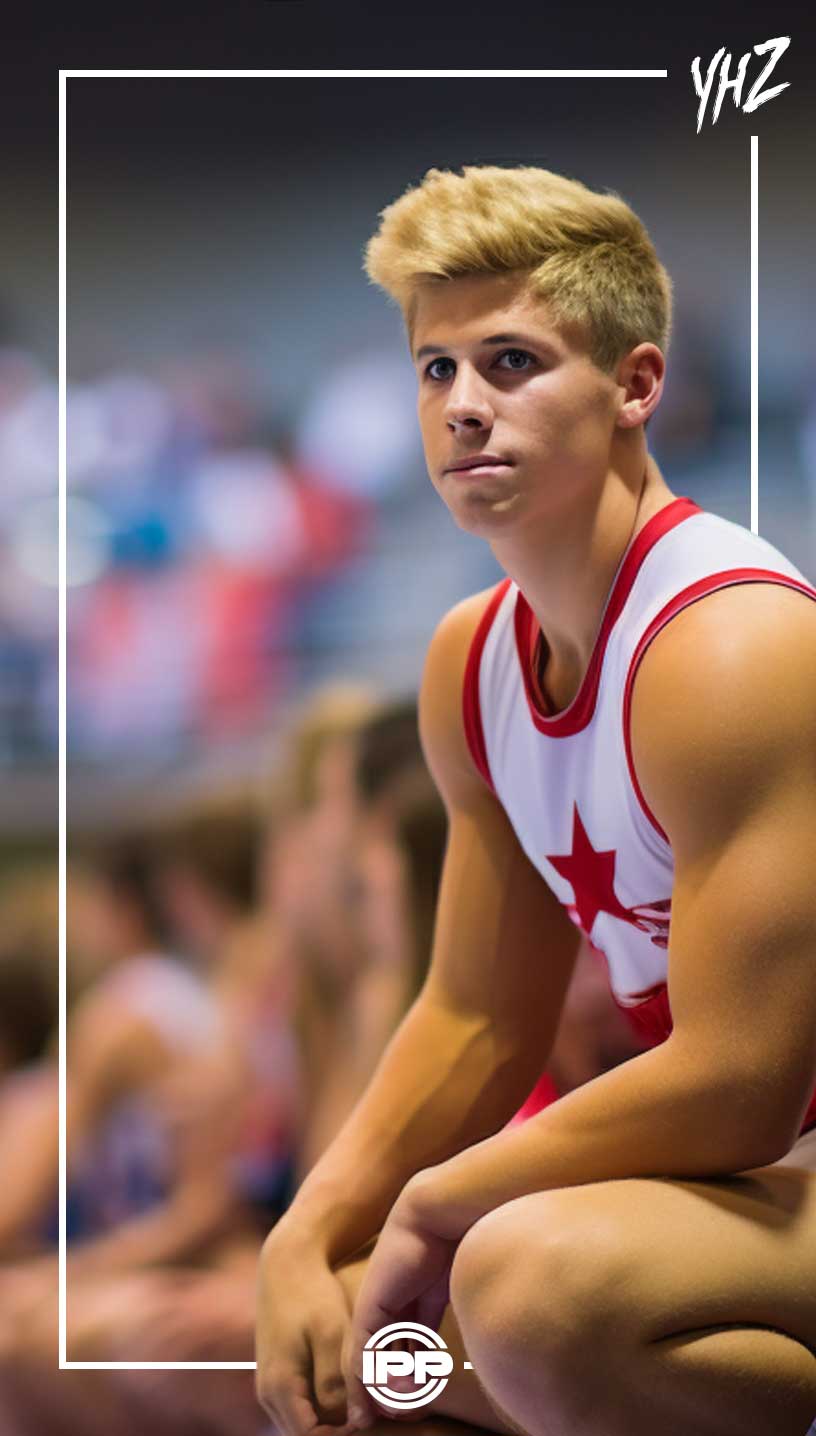
IPP's Premade Mixes are USA Cheer Compliant and customizable! Add Sound FX, swap songs, & more! Add your Team Name to the mix for only $10!



